Tibet is known for its stunning landscape, rich cultural heritage, and spiritual significance. Nestled high in the Himalayas, Tibet offers a unique travel experience that is both awe-inspiring and enlightening. If you’re planning a trip to this mystical region, here are the top 11 things you should know about Tibet travel.
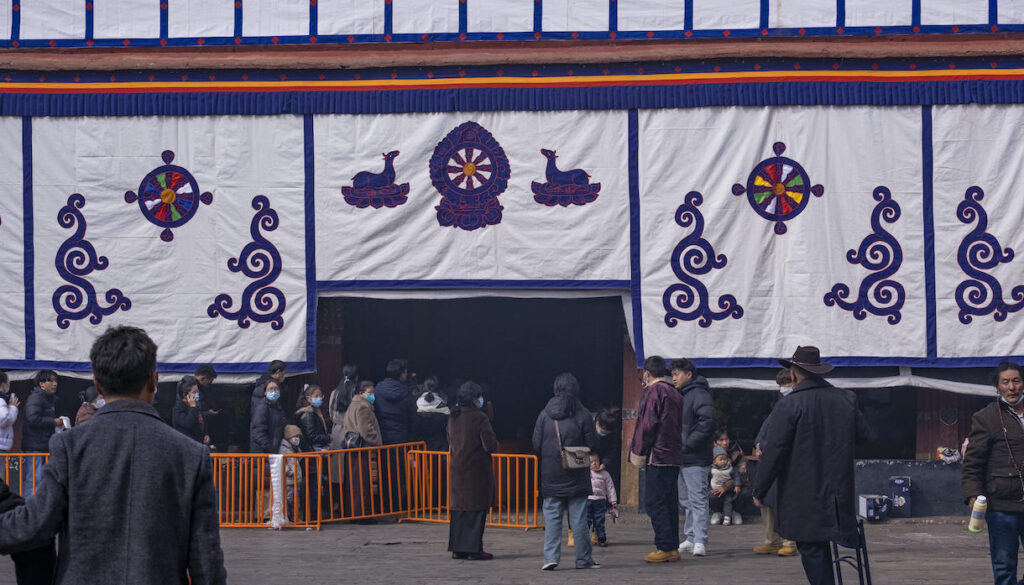
1. Permits and Restrictions
Before embarking on your journey to Tibet, it’s important to obtain the necessary permits. Foreign travelers are required to have a Tibet Travel Permit, which can only be obtained through a registered travel agency in Tibet. Additionally, certain areas in Tibet, such as Mount Everest Base Camp, may have additional restrictions and require additional permits.
Here are the main permits you need for Tibet travel:
- Tibet Travel Permit: This is the primary permit required for all foreign travelers visiting Tibet. It is issued by the Tibet Tourism Bureau (TTB) and can only be obtained through a registered travel agency in Tibet. The permit allows you to enter and travel within the Lhasa region, including attractions like the Potala Palace, Jokhang Temple, and Drepung Monastery.
- Alien’s Travel Permit: If you plan to venture outside of Lhasa and explore other areas in Tibet, such as Mount Everest Base Camp, Mount Kailash, or Lake Namtso, you will need an Alien’s Travel Permit. This permit is issued by the Public Security Bureau (PSB) and can be obtained through your travel agency. It is essential to specify the areas you intend to visit when applying for this permit.
- Military Permit: Certain restricted areas in Tibet, such as border regions or military zones, require a Military Permit. This permit is obtained through the PSB and usually requires additional documentation and processing time. If your itinerary includes these restricted areas, your travel agency will assist you in obtaining the Military Permit.
It’s important to note that individual travelers are not allowed in Tibet, and you must be part of an organized tour group with a licensed travel agency. Your travel agency will handle the permit application process on your behalf, but you need to provide them with the necessary personal information and travel details.
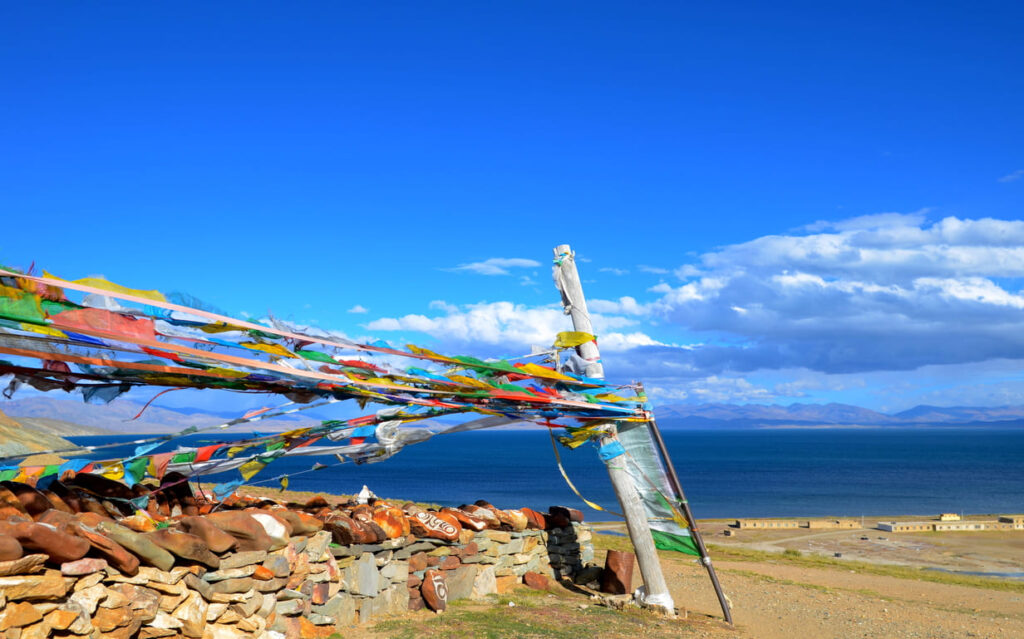
To apply for the permits, you will need to provide a scanned copy of your passport and Chinese visa. It’s advisable to apply for the permits well in advance, as the process can take several weeks due to the strict regulations and permit quotas imposed by the authorities.
Once you have obtained the necessary permits, make sure to carry them with you at all times during your travel to Tibet. Local authorities may conduct random checks, and failure to present the permits can result in fines, travel restrictions, or even deportation.
Remember, the permit requirements and regulations may change, so it’s essential to stay updated with the latest information and consult with your travel agency or check with the local embassy or consulate before planning your trip to Tibet.
2. Altitude Sickness
Tibet’s high altitude can pose a challenge for travelers. It’s essential to acclimatize properly to avoid altitude sickness. Take it slow, stay hydrated, and listen to your body. It’s also advisable to consult with a healthcare professional before your trip and consider taking altitude sickness medication.
3. Best Time to Visit
The best time to visit Tibet is during the months of April to October when the weather is relatively mild and the landscapes are at their most vibrant. However, keep in mind that Tibet can get crowded during peak tourist season, so plan your trip accordingly.
Here are some factors to consider when determining the best time to visit Tibet:
- April to October: This period is considered the peak tourist season in Tibet. The weather is relatively mild, with clear skies and warmer temperatures. It’s an ideal time for outdoor activities, trekking, and exploring the stunning landscapes. However, keep in mind that this is also the busiest time and popular attractions can get crowded.
- April to June: Springtime in Tibet brings blossoming flowers, lush greenery, and vibrant landscapes. The weather is pleasant, and temperatures gradually rise. It’s a great time to witness traditional Tibetan festivals like the Saga Dawa Festival and experience the local culture.
- July to August: These months mark the summer season in Tibet. The weather is warmer, and the days are longer, allowing for more exploration time. However, this is also the rainy season, so be prepared for occasional showers. Despite the rain, the landscapes are incredibly beautiful during this time, with blooming wildflowers and lush valleys.
- September to October: Autumn is considered one of the best seasons to visit Tibet. The weather is generally stable, with clear skies and mild temperatures. The landscapes transform into a golden hue, creating a picturesque setting. It’s also a great time for trekking and photography enthusiasts.
- November to March: Winter in Tibet is cold, with temperatures dropping below freezing. However, if you can handle the cold weather, this is a less crowded time to visit. The snow-capped mountains and serene landscapes offer a unique and tranquil experience. It’s also an excellent time to witness Tibetan New Year celebrations and immerse yourself in the local culture.
It’s important to note that Tibet’s high altitude can make the weather unpredictable, and conditions can change rapidly. It’s advisable to check the weather forecast and be prepared for temperature variations during your visit.
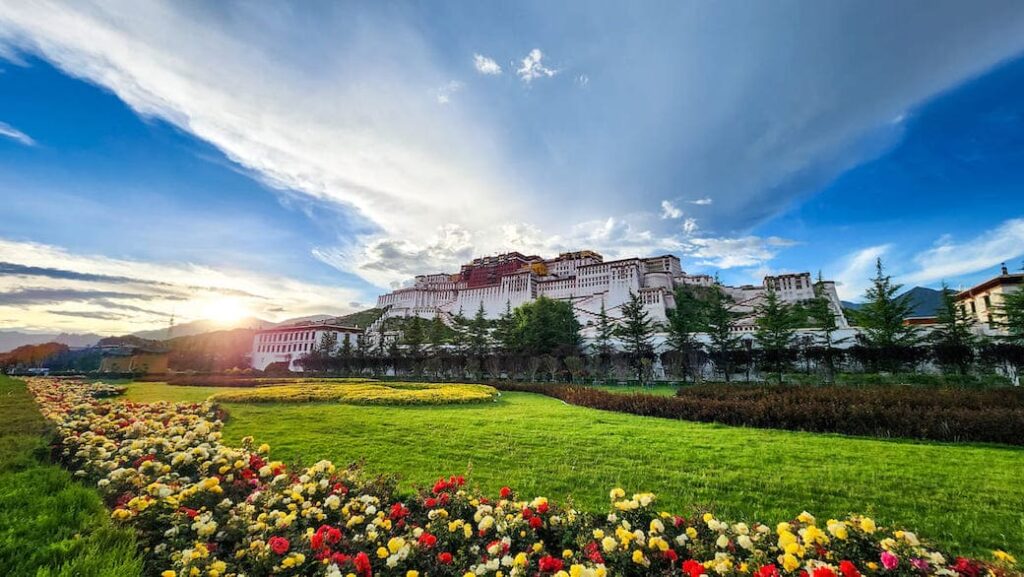
Ultimately, the best time to visit Tibet depends on your personal preferences, the activities you wish to engage in, and the experiences you seek. Whether you choose to visit during the peak tourist season or explore the region during the quieter months, Tibet’s natural beauty and rich cultural heritage will leave you awe-inspired.
4. Cultural Sensitivity
Tibet is a deeply spiritual and culturally rich region. It’s important to respect local customs and traditions. Dress modestly, be mindful of your behavior in religious sites, and seek permission before taking photographs of people or religious artifacts.
5. Transportation
Getting to Tibet can be an adventure in itself. The most common way to reach Tibet is by flying into Lhasa, the capital city. Alternatively, you can also take a scenic train journey from mainland China to Lhasa, which offers breathtaking views of the Tibetan plateau.
6. Accommodation
Accommodation options in Tibet range from budget guesthouses to luxury hotels. In remote areas, basic guesthouses and tented camps are available. It’s advisable to book your accommodation in advance, especially during peak tourist season.
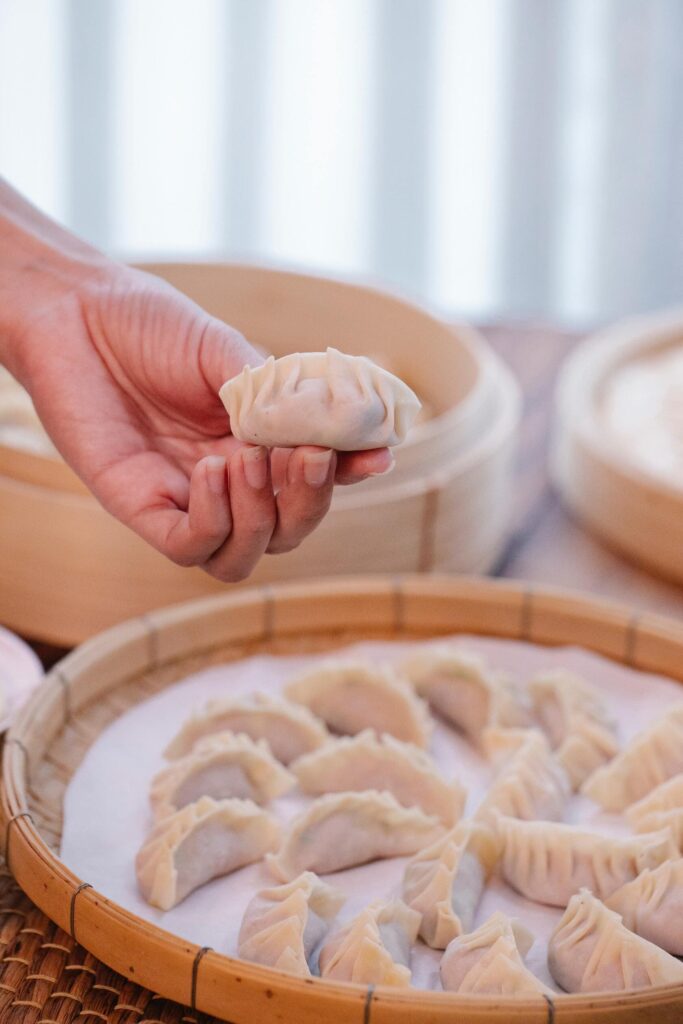
7. Cuisine
Tibetan cuisine is unique and influenced by its geographical location and Buddhist traditions. Yak meat, momos (dumplings), and tsampa (roasted barley flour) are some of the traditional dishes you must try. Vegetarian options are also widely available.
8. Monasteries and Temples
Tibet is home to numerous monasteries and temples, each with its own unique charm and significance. The Potala Palace in Lhasa, Jokhang Temple, and Tashilhunpo Monastery are among the must-visit religious sites that offer a glimpse into Tibet’s spiritual heritage.
Here are the top three temples in Lhasa that you should visit during your trip:
- Jokhang Temple: Located in the heart of Lhasa, Jokhang Temple is one of the most sacred and important temples in Tibet. It is considered the spiritual center of Tibetan Buddhism. The temple was built in the 7th century and houses a precious statue of Buddha Sakyamuni at the age of 12. The architectural style of Jokhang Temple is a blend of Tibetan, Nepalese, and Indian influences. The temple’s interior is adorned with intricate murals, statues, and religious artifacts. Pilgrims from all over Tibet come to Jokhang Temple to offer their prayers and perform kora (circumambulation) around the temple.
- Potala Palace: Straddled on a hilltop overlooking Lhasa, the Potala Palace is an iconic landmark and a UNESCO World Heritage Site. It served as the winter residence of the Dalai Lamas and was the political and religious center of Tibet. The palace complex consists of several grand halls, chapels, and residential quarters. The stunning architecture, with its white and red walls, golden roofs, and intricate artwork, is a testament to Tibetan craftsmanship. Inside, you’ll find numerous chapels, including the sacred Red Palace and the White Palace, which houses historical artifacts and religious treasures.
- Drepung Monastery: Situated on the outskirts of Lhasa, Drepung Monastery is one of the largest monastic institutions in Tibet. It was founded in the 14th century and served as the residence of the Dalai Lamas before the construction of the Potala Palace. The monastery complex is a sprawling architectural marvel, with various halls, temples, and colleges. The highlight of Drepung Monastery is the Assembly Hall, adorned with intricate murals and housing a giant statue of Maitreya Buddha. The monastery also offers panoramic views of Lhasa and the surrounding mountains.
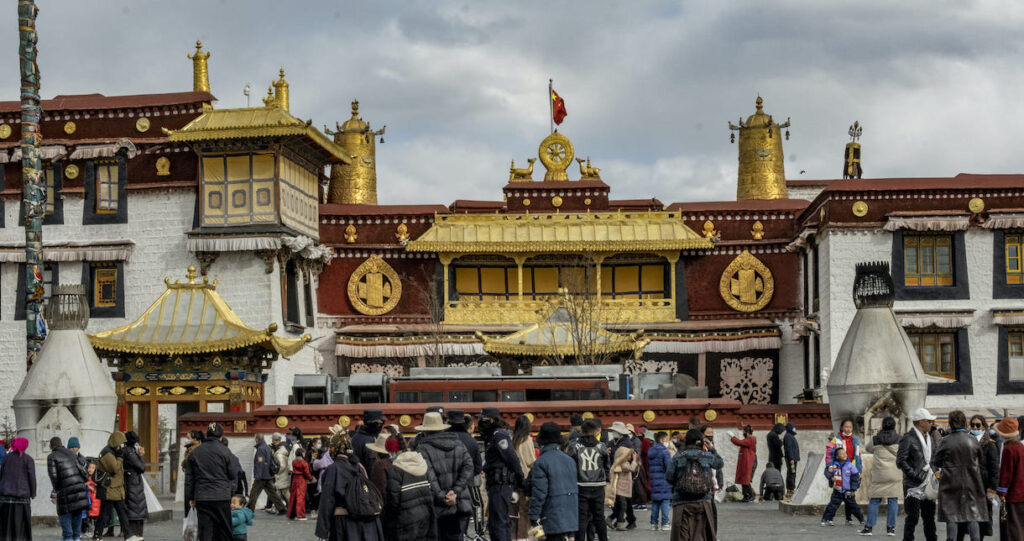
Visiting these temples provides a deep insight into Tibetan Buddhism, its rituals, and the rich cultural heritage of Tibet. It’s important to be respectful of the religious sites, follow any dress codes, and adhere to the rules and regulations set by the authorities. Exploring these temples in Lhasa will undoubtedly leave you with a profound sense of spirituality and appreciation for Tibetan culture.
9. Trekking and Outdoor Activities
Tibet’s stunning landscapes make it a paradise for outdoor enthusiasts. From trekking in the Everest region to exploring the sacred Mount Kailash, there are plenty of opportunities for adventure. However, it’s important to be well-prepared and hire experienced guides for safety.
10. Language and Communication
The primary language spoken in Tibet is Tibetan. While English is spoken in some tourist areas, it’s helpful to learn a few basic Tibetan phrases to enhance your travel experience. Carrying a phrasebook or using translation apps can also be useful.
11. Respect for the Environment
Tibet’s pristine natural beauty is a treasure that must be preserved. As a responsible traveler, make sure to follow the principles of Leave No Trace. Dispose of waste properly, respect wildlife, and be mindful of the fragile ecosystem.
Conclusion
Tibet is a destination that will leave you in awe of its majestic landscapes, rich culture, and spiritual heritage. By keeping these top 11 things in mind, you’ll be well-prepared to embark on a transformative journey to the Roof of the World. Remember to plan ahead, respect the local customs, and embrace the unique experiences that Tibet has to offer. Safe travels!

[…] this guide, we’ll walk you through the essential steps to make your journey to Tibet by flight a seamless and unforgettable […]
[…] Himalayas, Tibet emerges from its slumber to unveil a landscape of unparalleled beauty and wonder. Springtime in Tibet is a symphony of colors, scents, and sensations, inviting travelers to embark on a journey of […]